The typical customer who calls or emails with a process question has either hundreds of pounds per hour or tons of material per hour to screen. Although these may be the majority of the applications, I do get many inquiries where the customer only has to process maybe 20 or 30lbs/hr. (or less) but still needs a vibratory screener. These small-batch screening applications are sometimes a little more challenging to solve than the typical large-batch application. Some applications may require a much finer mesh, there’s not much room to work with, or the material is extremely valuable. Besides our standard screeners, we also have the capability to manufacture a special screener around the customer’s process. I don’t know how many times I have seen an overly large vibratory screener handling an application where a screener half the size would suffice.
So, we first need to determine how much material the customer plans on running through the screener per hour or per shift, then we need to determine the mesh size requirements. We need to answer two questions: Read More…
Share this blog post:


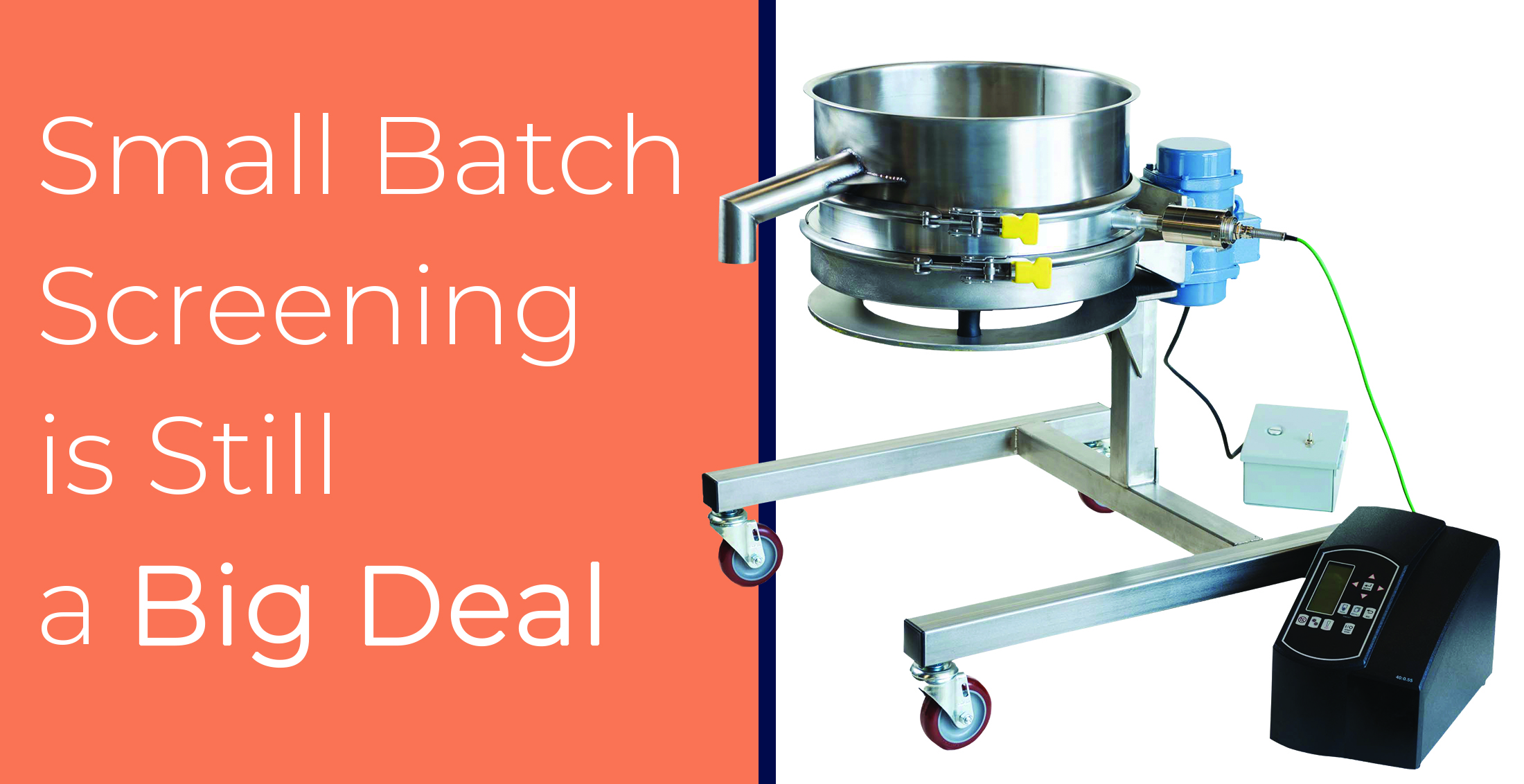

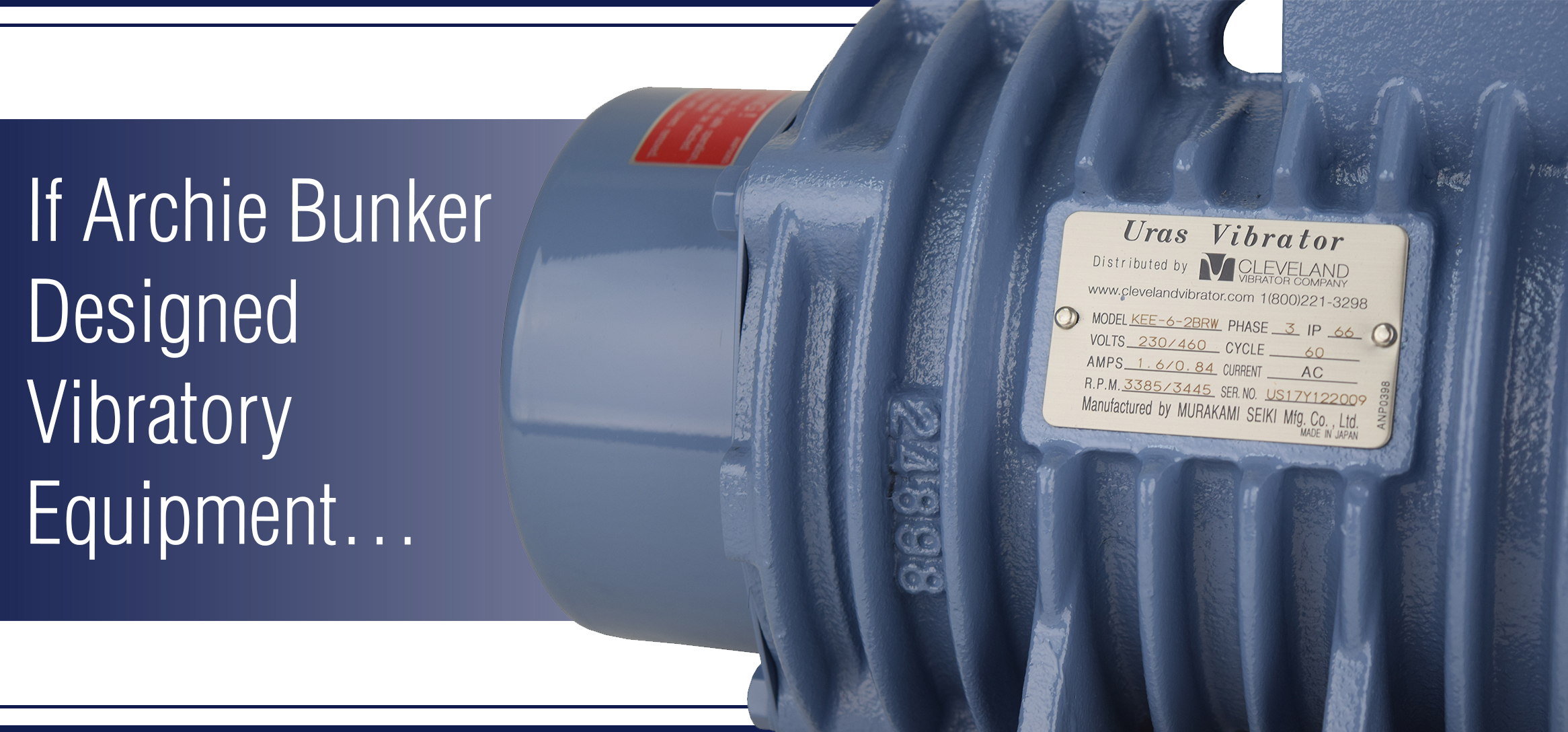
 When I joined the Cleveland Vibrator family, I had just graduated with a Bachelor’s degree in Mechanical Engineering and had no prior experience in the field of industrial vibration or vibrators. During the course of my formal education, I had one class that dealt with vibration, the focus of the class as I recall was how to eliminate it, certainly not how to use it to perform meaningful work. When I was hired on, my informal education into the world of industrial vibrators and vibration began. Just like coming into any family, you learn the way the family works, the teams they root for, the legends they admire and the folks to be avoided. I feel fortunate that I had some excellent family members to bring me up in the world of vibration.
When I joined the Cleveland Vibrator family, I had just graduated with a Bachelor’s degree in Mechanical Engineering and had no prior experience in the field of industrial vibration or vibrators. During the course of my formal education, I had one class that dealt with vibration, the focus of the class as I recall was how to eliminate it, certainly not how to use it to perform meaningful work. When I was hired on, my informal education into the world of industrial vibrators and vibration began. Just like coming into any family, you learn the way the family works, the teams they root for, the legends they admire and the folks to be avoided. I feel fortunate that I had some excellent family members to bring me up in the world of vibration.
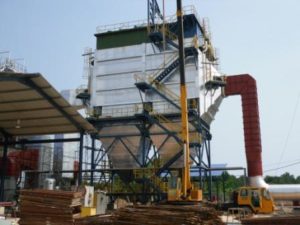
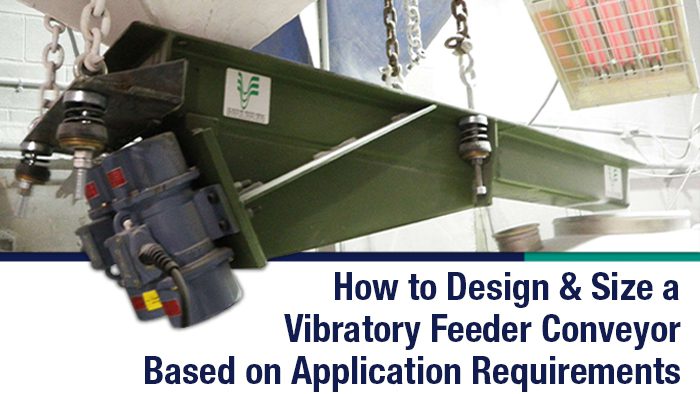
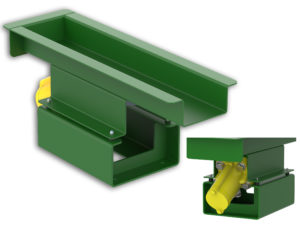
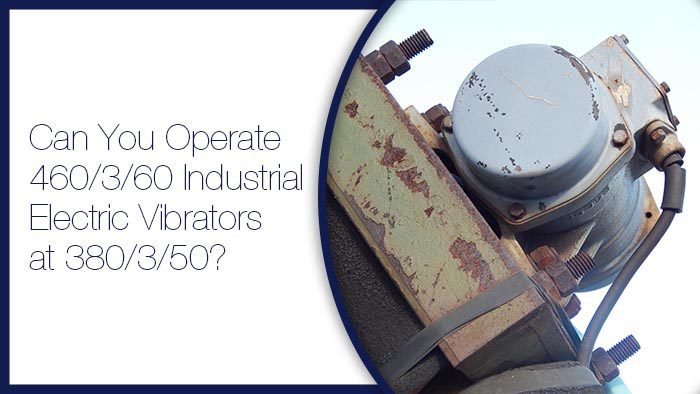
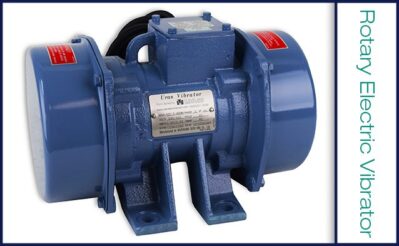
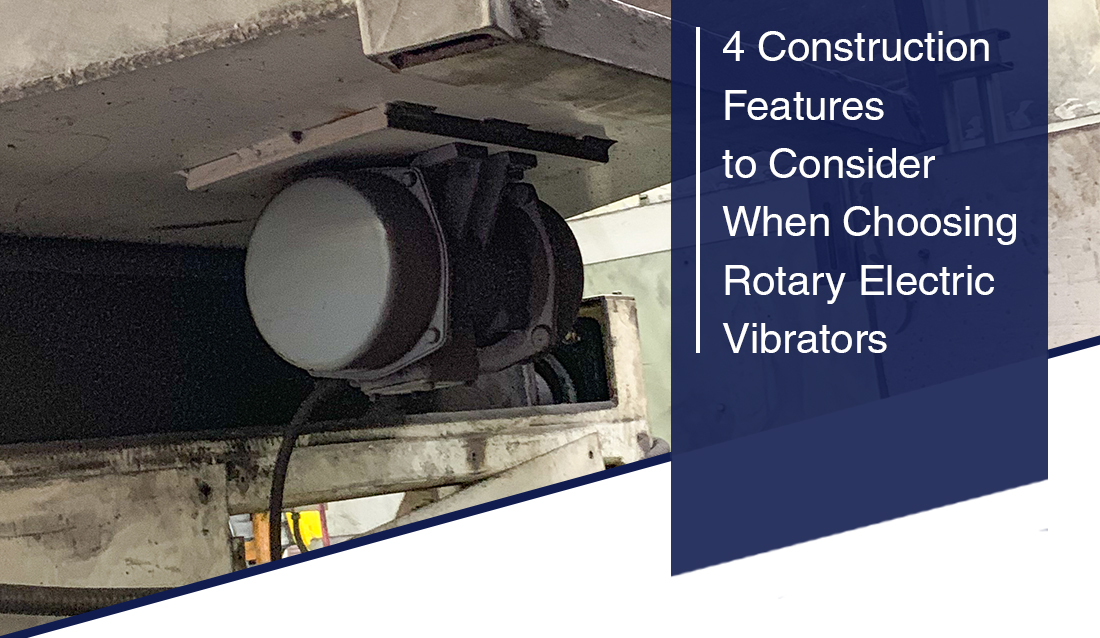
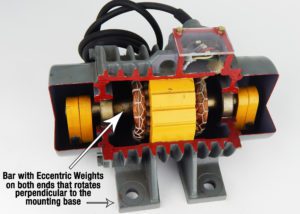

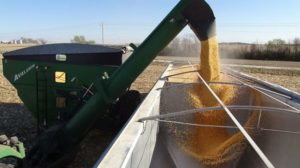
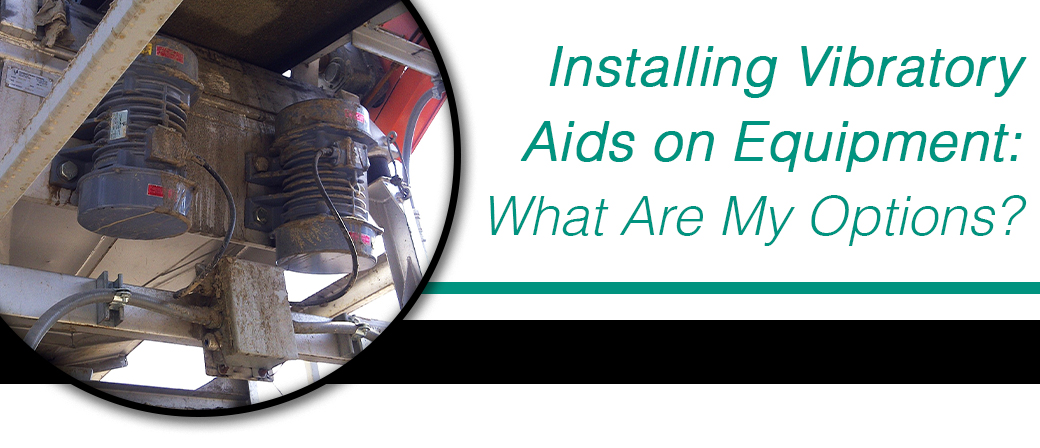
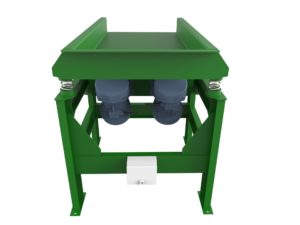
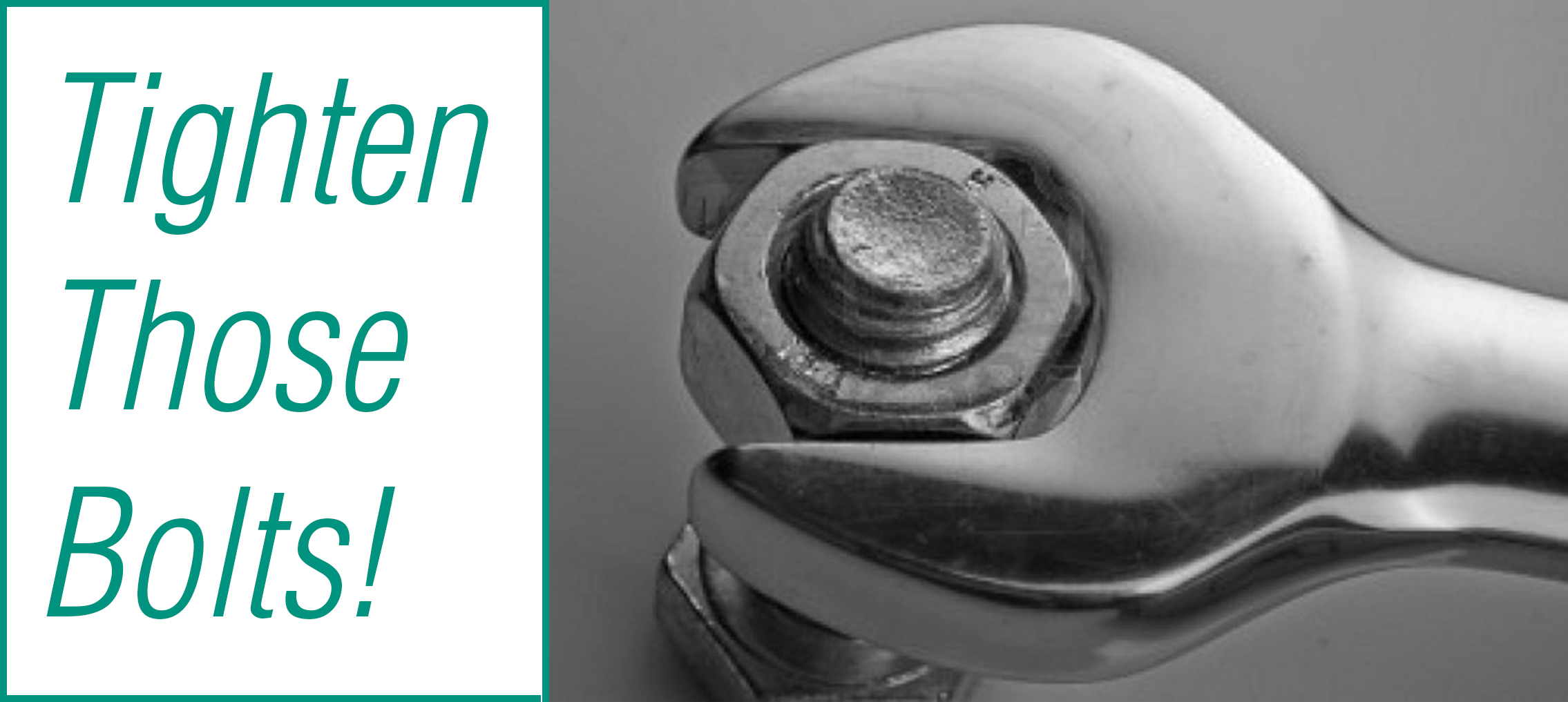
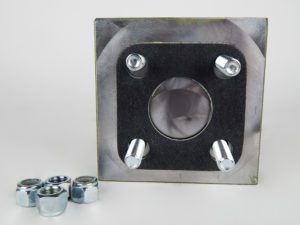 be rigidly bolted in place to allow for correction operation so that only the piston is moving inside the vibrator. If the bolts are loose, even slightly, the vibrator body will “rock” back and forth on the mounting channel. Once this starts happening, failures or seized pistons can happen.
be rigidly bolted in place to allow for correction operation so that only the piston is moving inside the vibrator. If the bolts are loose, even slightly, the vibrator body will “rock” back and forth on the mounting channel. Once this starts happening, failures or seized pistons can happen.